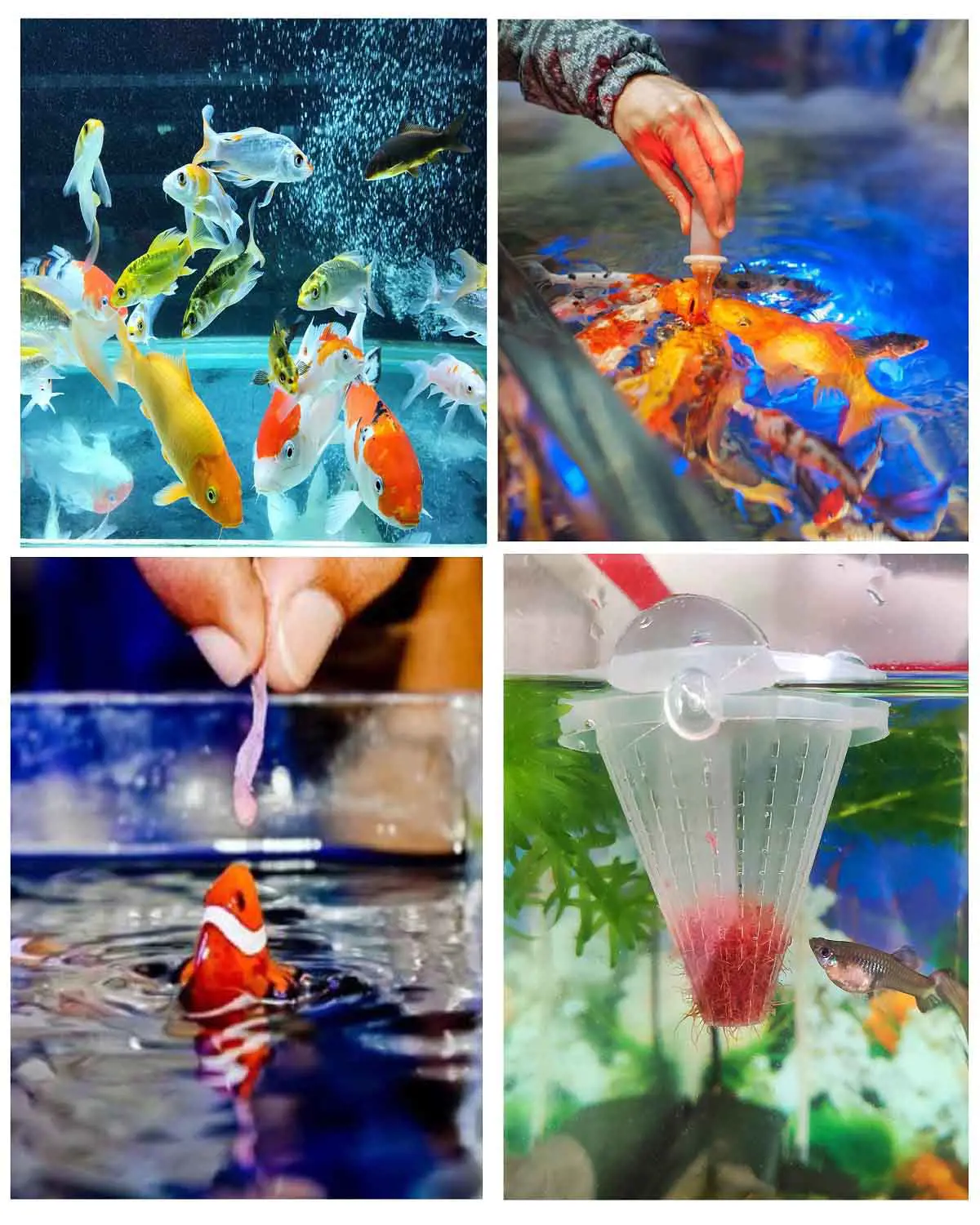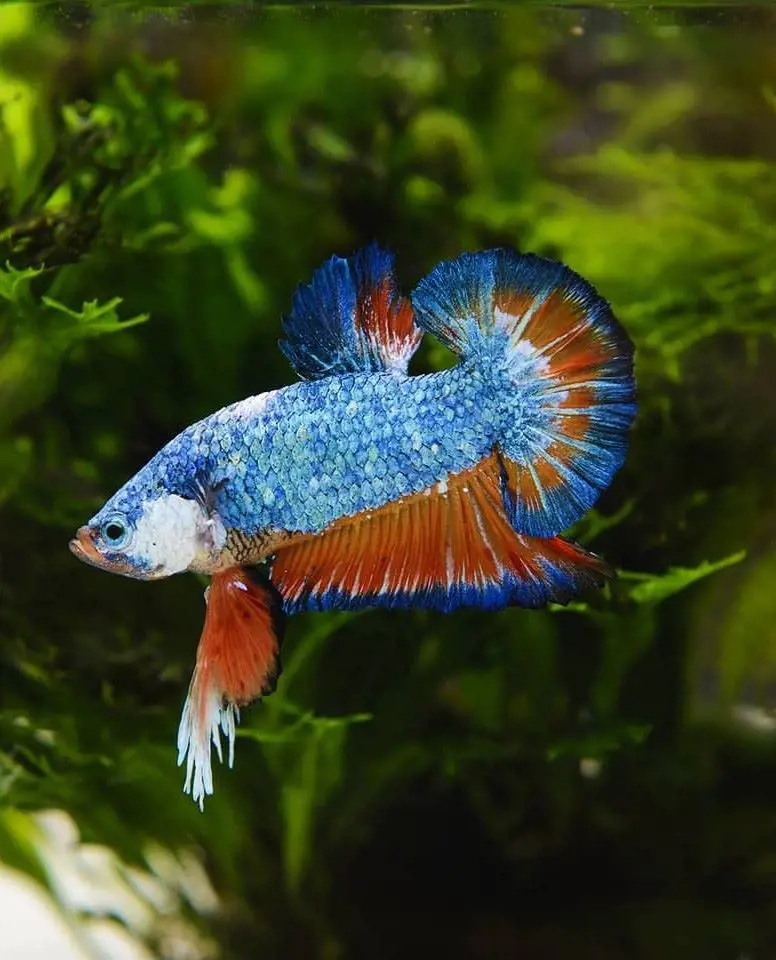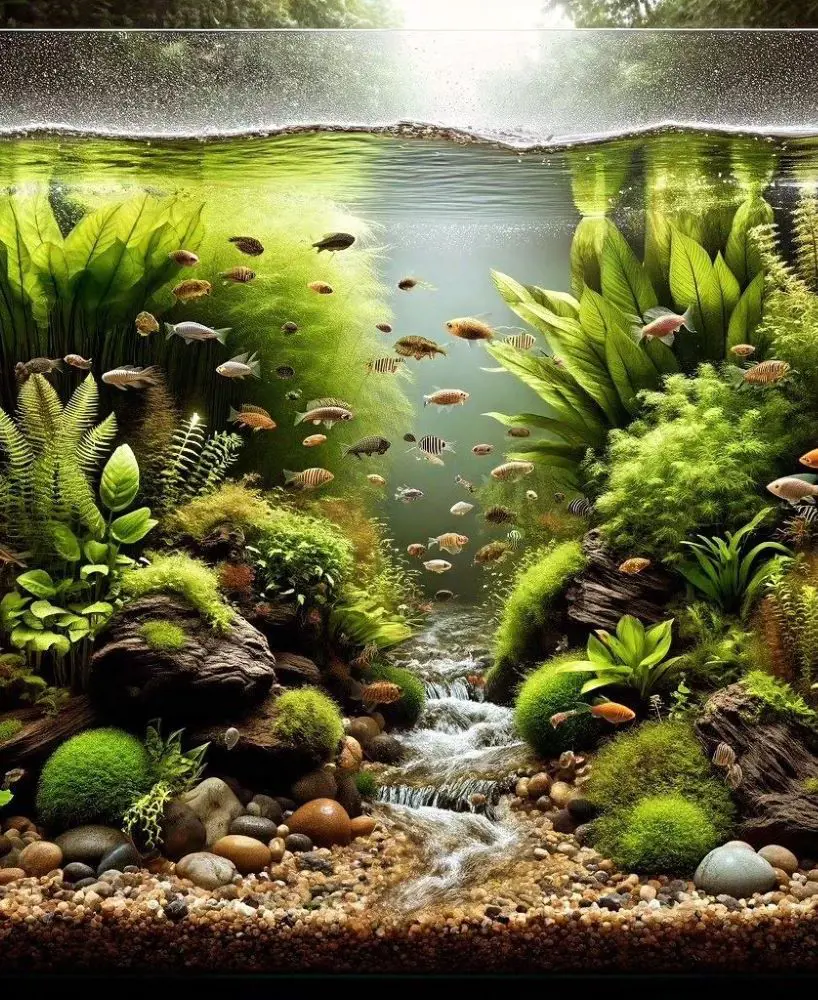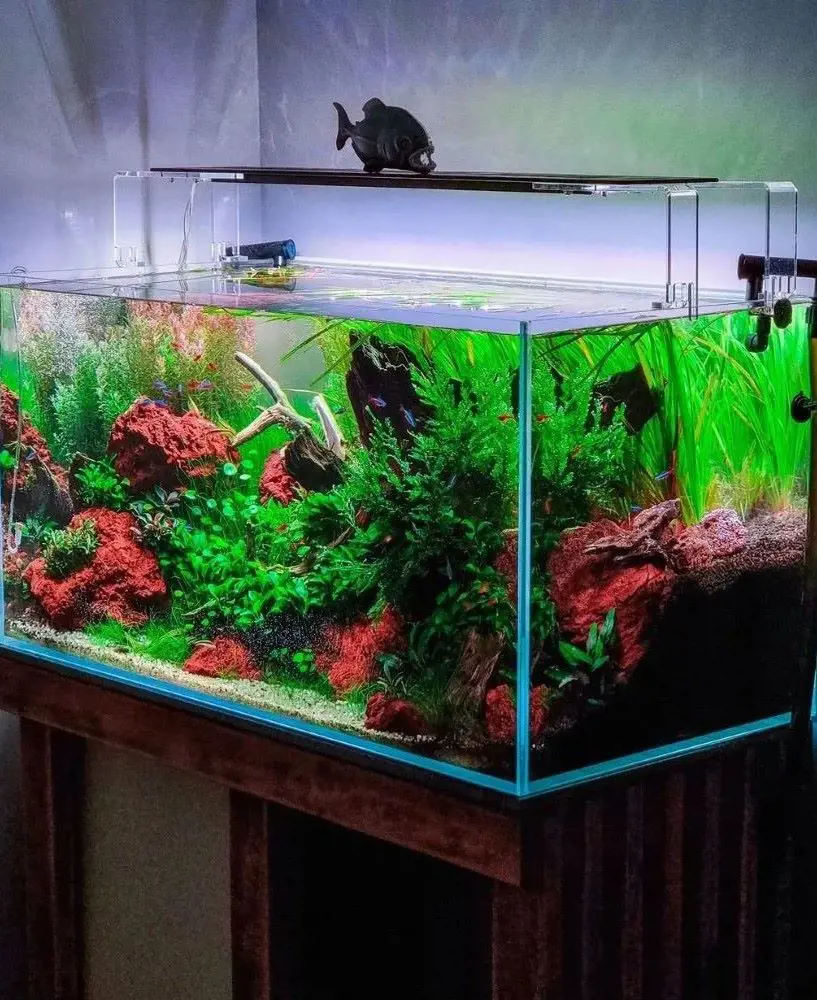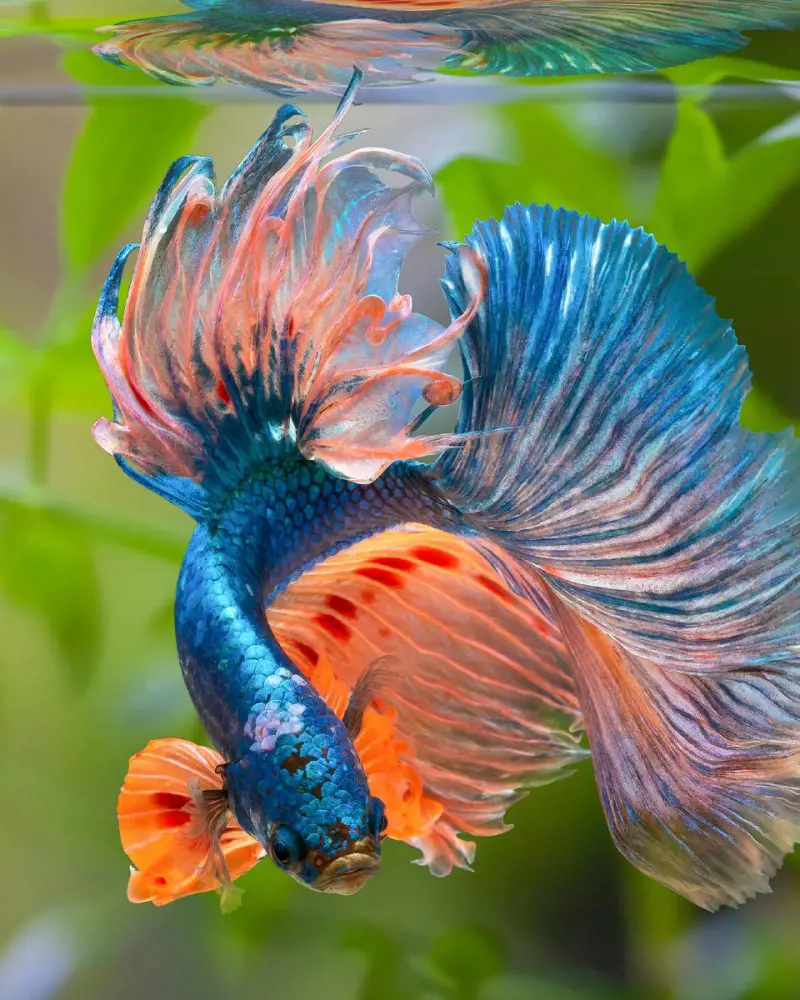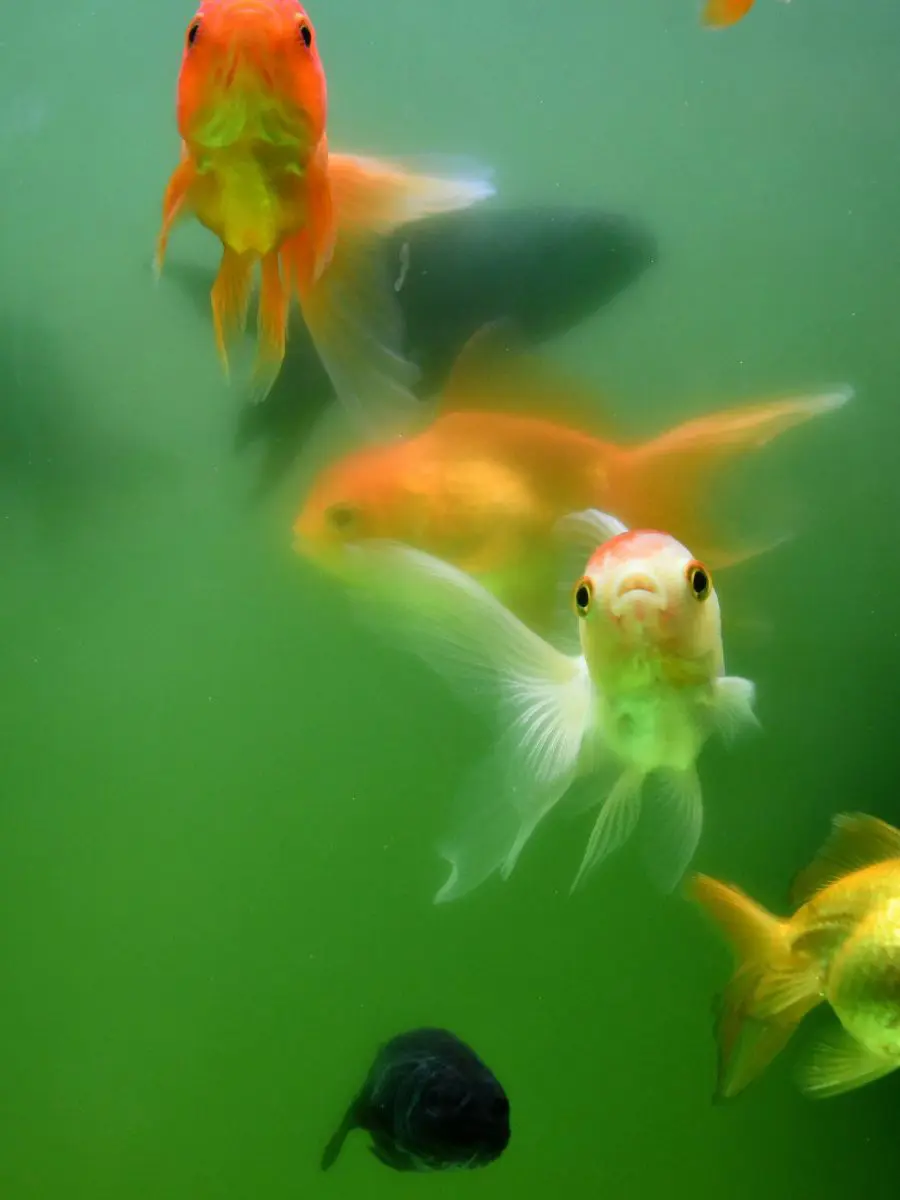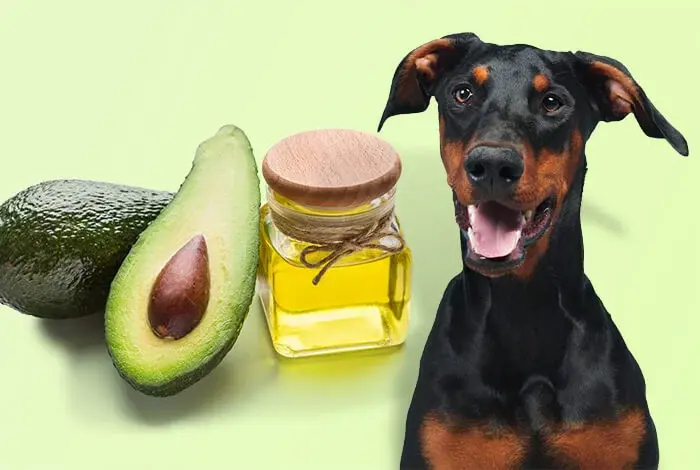Honey Gourami Care Guide And Tank Mates

The honey gourami which is also known as Trichopsis schalleri, has a fascinating history dating back to the lush waterways of Southeast Asia. These beautiful fish hailed from countries such as Thailand, Malaysia, and Indonesia and were described in the early 20th century.
It was their bright golden-yellow coloration and very gentle nature that made them so popular with all aquarists, they are from the slow flows of the tropical forest waters and have been adapted to feed on small insects and plant matter.
Introduction to Honey Gourami Care
A small, neat, and certainly peaceful fish that is very common among aquarists due to its bright, golden-yellow sheen, knowledge about this fish ensures that it is fully brilliant bright, and healthy.
The maintenance of health is highly attributed to proper conditions regarding water, they do best in the tank, and with slightly alkaline to neutral water, a well-planted and with a lot of hiding places will let them feel safe and stay not that stressed.
Honey Gouramis are very easy to feed, they will be very willing to eat any type of good quality flakes, pellets, and sometimes even live or frozen foods, and variety in the diet will help keep them healthy and display coloration as best as possible.
Setting Up the Ideal Tank Environment
You will have to provide the proper environment for your honey gourami to be happy and healthy, now let's dive into this section and consider some of the most critical elements in detail so that habitation thrives in a tank you have created for that purpose.
Tank Size
A 10-20-gallon tank would be best for a small school of them and such volume offers good swimming space for these fish to move about without getting cramped up, an opportunity to establish territories is a very vital part of their healthy existence.
A bigger tank not only helps to maintain stable water conditions but also offers space for natural behaviors and social interactions.
Water Quality
Clean water is the most important aspect concerning your Honey Gouramis' health, water changes of 20-30% weekly are sufficient to prevent the accumulation of dangerous toxins like ammonia and nitrates.
The best filtration system would keep the water clean and oxygen-rich and doing so will also minimize stress due to fluctuating water conditions like pH changes and temperature, which in turn will reduce the number of diseases.
Plant Selection
You may place your Honey Gouramis by simply planting your tank and it can further improve the aesthetic interest of your aquarium and favor most other species through other plants besides Java fern, anubias, and Amazon sword.
They add so much in terms of hiding spots and make it look like a natural environment, they are known to be stress-reducing and bring out the natural behaviors even more. Besides, they absorb extra nutrients and bring out more oxygen into the water.
Lighting and Substrate
The live plants and Honey Gouramis will be generally satisfied by moderate lighting, and a little bright light is all right, but too much of it stresses fish and creates algae.
Dark substrates, such as black gravel or sand, will outline the bright coloration of Honey Gouramis much better and provide a striking contrast to bring forth their natural beauty, the substrate should be easy to clean without causing friction on their delicate fins.
Choosing the Right Tank Mates

During the choice of tank mates for your Honey Gourami, it will be crucial to select species with a similar nature, they are amiable, so they do best with other calm fish to not outcompete them for food or space.
Excellent tank mates are small tetras, rasboras, and Corydoras catfish and these are peaceful species and will not have any problem with your fish, they should not be kept together with large or aggressive fish, as this will cause stress and possible injury.
However, it is necessary to observe the behavior of each species in the tank, fish that are inherently peaceful sometimes become territorial under certain conditions, the behavior of all the tank mates should be observed.
Water Parameters and Maintenance
To lead a healthy and happy existence, they need appropriate water parameters in the tank, the details for this are as follows:
pH Levels: Honey Gouramis naturally do well in slightly soft, neutral water, with an ideal pH in the range of 5.0 to 7.5, water pH in a setting must always be in check to ensure it is within the expected range, and sudden changes in pH will stress the fish and be a source of a myriad of health challenges.
Water Temperature: The best-suited temperature conditions for Honey Gouramis lie in the vicinity of 72°F to 82°F, there has to be some sense of stability in the temperature conditions, as it leads quite instinctively to stress and consequently to diseases.
Filtration and aeration: A good filtration system should be in place so the aquarium remains clean and most of the poisonous toxins, such as ammonia or nitrites, are avoided. They are very sensitive to the current in the water, one has to select a filter that does not powerfully aerate the water with its return.
Water Changes: In an aquarium, water should be changed after each week with a change of between 20-30% of the water mass involved, doing this to ensure that the high quality of the said water remains constant.
Feeding Your Honey Gourami

The Honey Gourami are an omnivorous species which means they like a diet full of plants and proteins, so provide them with a varied diet, which is one of the main factors in health and longevity.
These should be based on high-quality flakes or pellets and you can supplement this with live or frozen foods like brine shrimp, daphnia, and bloodworms, all these treats provide important nutrients to help your Honey Gourami be active and hence healthy.
Recommended feeding rate should be small portions at least 2-3 times a day and do not overfeed them in such a way that the remaining food decays and ruins the water quality. Observe fish at feeding time.
Breeding Honey Gouramis
Breeding them isn't the easiest part of fishkeeping and requires a lot of patience and proper knowledge and these fish indeed, make wonderful creations.
Condition the pair
Both the male and female Honey Gouramis should be conditioned with good quality food before breeding and feeding them all kinds of high-protein foods like live or frozen foods, such as bloodworms, and brine shrimp, makes them healthy and at the same time gets them ready for spawning.
Proper conditioning will enhance their energy levels and ensure that their body condition is the best possible for reproduction.
Set up a breeding tank
To successfully spawn, a dedicated breeding tank will be needed to provide a controlled environment, the ideal temperature of the breeding tank should be maintained at 78°F - 82°F, with plenty of soft and slightly acidic water.
Make it a bit planted with floating plants, preferably water lettuce or Java moss, and the remaining male properly builds his bubble nest.
Spawning process
In the course of spawning, the male Honey Gourami, being a bubble nester, will blow air bubbles with plant debris and pile them at the very surface of the water, then the female releases her eggs into that prepared nest, which the male will catch and glue there.
After the spawning process is complete, the female must be removed, it is left then to the male who will continue taking care of the nest; that is guarding and aerating until after a few days, the eggs hatch.
Caring for Fry
Shortly after hatching, the fry can swim away on their own and the male needs to be removed because it will eat the young so provide the young fish with infusoria or commercial fry food until they are large enough to accept baby brine shrimp or pulverized flakes and the young should mature well when regularly observed and fed appropriately.
Understanding Honey Gourami Behavior
They should be used much for their calm and peaceful nature which has made them excellent additions to serene community aquariums, this fish is pretty shy and keeps to itself in the middle to top areas of the tank, where it can have cover near plants or other ornaments.
An interesting behavior in them is bubble-making, especially in males during their mating period, the formation of the bubble nest inside the aquarium always indicates that the fish is healthy and happy because it proves that the male is in breeding condition and can maintain his environment.
Physical aggression signals a certain point, like chasing or nipping, and that may speak for some problems, aggressive behavior tends to spring from stress or other more permanent unsuitable conditions in the tank, such as overcrowding or bad water quality.
Preventing Common Health Issues
It is worth a pound of cure, and that is integral concerning keeping your fish vibrant by knowing what can be done to prevent common health pitfalls, some areas to consider almost immediately include:
Signs of Illness: Catching on early can make all the difference when it comes to treatment, some not-so-uncommon signs that Honey Gouramis are ill may include loss of appetite, listlessness, clamping of the fins, and bizarre swimming patterns.
Water quality maintenance: Poor water quality remains the number one cause of ill health in aquarium fish, many disease conditions can be averted by maintaining scheduled water changes, proper filtration, and an attempt to keep the water parameters within a stable range.
Good Nutrition: Good diversity in nutrition boosts the immune status of your Honey Gouramis and makes them strong against diseases so alternate high-quality flakes or pellets and other diets that may be can sometimes be alive or frozen so do not overfeed, as excess food will cause poor water quality and eventually diseases.
Quarantine New Additions: Probably the fish you are adding to your tank are recently acquired, these should be put in a quarantine area separate from the main tank for at least two weeks, the disease is not taken easily between the new additions and the already existent stock of the fish and your tank becomes safe.
Recognizing Stress

They can be stressed in many possible ways like poor water quality with high amounts of ammonia, nitrites, or nitrates, which alone may cause severe stress and damage to fish's health, and overcrowded tanks with little space and resource availability will raise competition for it and thus stress the fish.
Routine testing and maintenance of the water prevent fluctuations in parameters, especially temperature, and pH, from happening too radically, which is very important for fish health, the presence of adequate hiding spots, combined with proper compatibility in the selection of companions ensures that they can share similar water parameters, should minimize bullying.
With very low bullying, there will be less competition for food, hence a relatively peaceful environment, and all these factors, if addressed, shall bring well-being to your fish and reduce stress-related problems.
Best Tank Mates
Ensuring there is balance and harmony in your aquarium is part of the creation of balance and harmony and choosing suitable tankmates for your Honey Gourami is something that, when done right, ensures peace will reign in your water kingdom, with all the aqua residents going about what they do in mutual harmony.
Small and Peaceful Fish
Honey gouramis should be kept only with small and peaceful fish, examples of tank mates can include Neon Tetras, Harlequin Rasboras, and Corydoras Catfish.
Despite their amicability and accommodating nature, they hardly fight for food and space, keeping the whole group aligned and at peace, thus complementing the peaceful nature of the Honey Gourami and this similar size and temperament help to maintain harmony in the tank.
Avoid Aggressive Species
Never keep your fish with large or more aggressive fish, like cichlids or barbs, these species will bully or even hurt your Gourami for food and cause undue stress to the fish, possibly even harming them.
Such aggressive fish should not be in the same tank because they might change the nature of your peaceful Honey Gourami for better health and serenity, avoid them.
Shrimp and Snail
Good invertebrates to mix with your fish would be shrimp and snails, as they are the smallest scavengers, picking up food leftovers and cleaning algae to keep your aquarium healthy.
The nice thing about those invertebrates is that they usually cause no danger to your fish, as they are too small to become their prey.
Matching Water Conditions
When selecting tankmates for your fish, ensure that their water condition requirements are comparable, and choose species that would fall within the temperature and pH levels.
The compatibility of the water conditions is important, assuming this is good; that means it will be clean and healthy inside the tank, all fish will be comfortable, and of course happy.
Top Lists

